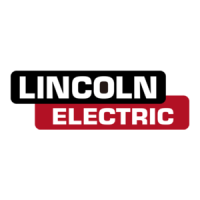
Do you have a question about the Lincoln Electric RANGER 8 SVM107-B and is the answer not in the manual?
| Brand | Lincoln Electric |
|---|---|
| Model | RANGER 8 SVM107-B |
| Category | Welding System |
| Language | English |
Specific warnings required by California law regarding exhaust emissions.
Guidelines for operating engine-powered equipment safely.
Information on potential risks from EMF fields during welding.
Critical warnings about the dangers of electrical shock.
Precautions to protect against burns from arc rays.
Information on potential health risks from welding fumes and gases.
Warnings about welding sparks causing fires or explosions.
Guidelines for safe handling and storage of gas cylinders.
Safety considerations for electrically powered equipment.
Performance metrics, engine details, and physical dimensions.
Step-by-step guidance and safety advice for installation.
Tasks before operation, including oil, fuel, battery, and cable connections.
Operating angles, altitude, location, and ventilation.
Connecting wire feeders and TIG modules.
Using auxiliary power and receptacles.
Starting motors and using electrical devices.
Guidelines for simultaneous welding and auxiliary power use.
Procedures for setting up standby power.
Overview of the welder, its features, and engine choices.
Estimated fuel usage for different operating modes.
Detailed explanation of each control's function and operation.
Steps for engine start-up, shutdown, and initial break-in.
Information on different welding processes and recommended settings.
A list of optional field-installable accessories.
Recommended accessories for stick, TIG, and wire feed welding.
Daily upkeep, oil changes, and refill capacities.
Detailed instructions for changing the oil filter.
Engine settings, slip rings, battery, and hardware maintenance.
List of recommended replacement parts for the engine.
Diagram identifying key components of the machine.
Explanation of battery, starter, engine, rotor, stator, and solenoid operation.
How rotor field feedback generates auxiliary power.
Function of weld winding, reactor, and range switch.
Operation of the output bridge, choke, and polarity switch.
How to use the guide and troubleshoot PC boards.
Diagnosing and resolving issues related to welder output.
Diagnosing and resolving engine-related issues.
Diagnosing and resolving issues with the welding arc.
Tests for rotor, windings, rectifier bridge, charging circuit, and engine throttle.
Visual representation of typical and abnormal voltage waveforms.
Steps for replacing brushes, capacitor, rectifier, PC board, and rotor.
Procedures for retesting the machine after repairs.
Detailed dimensional drawings of the welder.
Diagrams illustrating electrical connections for accessories.
Wiring diagrams for various engine and model configurations.
Circuit schematics and component layouts for control boards.
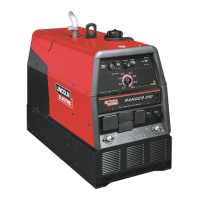
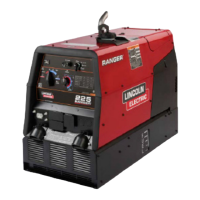
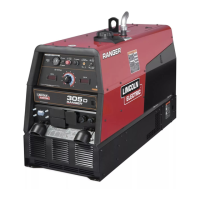
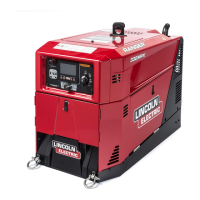
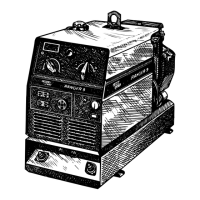
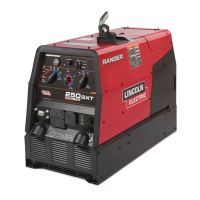
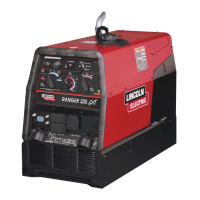
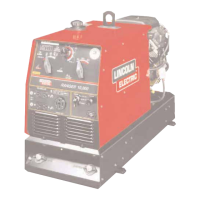
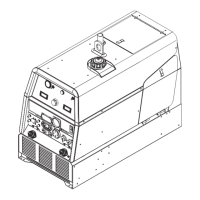
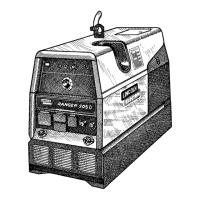
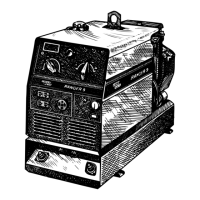
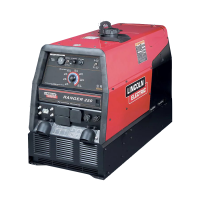
